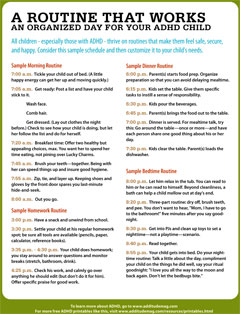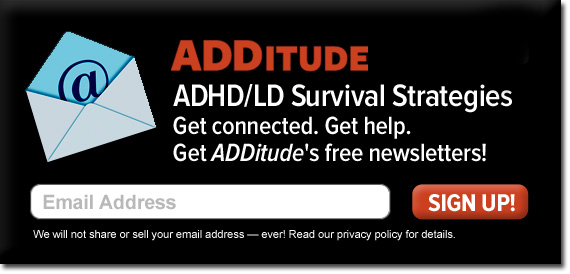When it comes to reacting to a flood, hurricane, blackout, or another disaster, people with ADHD seem to have a leg up. Their "can-do" attitude, coupled with a knack for outside-the-box thinking, help them make smart decisions in situations that might overwhelm people who think, well, a bit more slowly.
Of course, it's much easier to react to a disaster when you're prepared for it. Alas, the skills required for disaster preparedness — planning, prioritizing, and organizing — aren't exactly an ADDer's strong suit. No wonder you've been putting off making the preparations you know are necessary — the kind that might save a life.
Fortunately, I'm here to help. To make it easier for you and your family to get ready for any disaster that might come your way, follow these three steps.
1. Prepare a grab-and-go bag for each family member
A grab-and-go bag (see below) is a backpack or small suitcase on wheels that you pack ahead of time, in the event a disaster forces you to leave town.
In addition to his or her grab-and-go bag, one person in the family should also carry a first-aid kit containing common over-the-counter medications, as well as a two-week supply of all prescription drugs used by family members. (If your insurance will not cover this, buy them out of pocket.) This person can also be responsible for a small battery-operated radio, an extra set of keys (car, home, and safety deposit box), and cash.
|
GRAB-AND-GO BAG |





